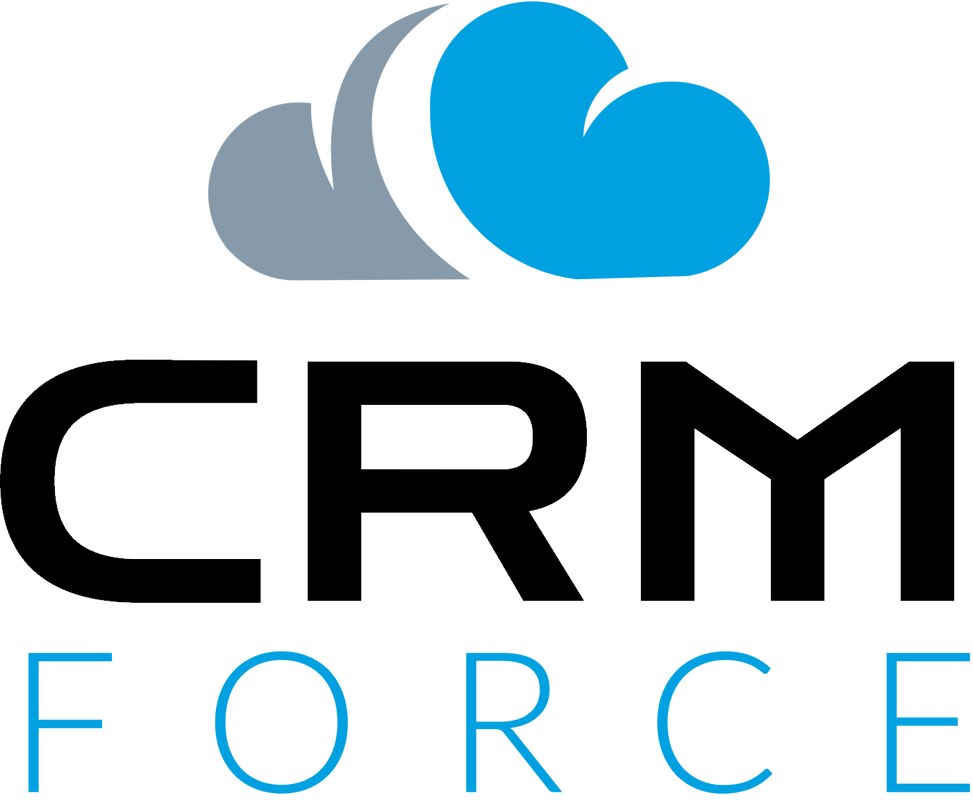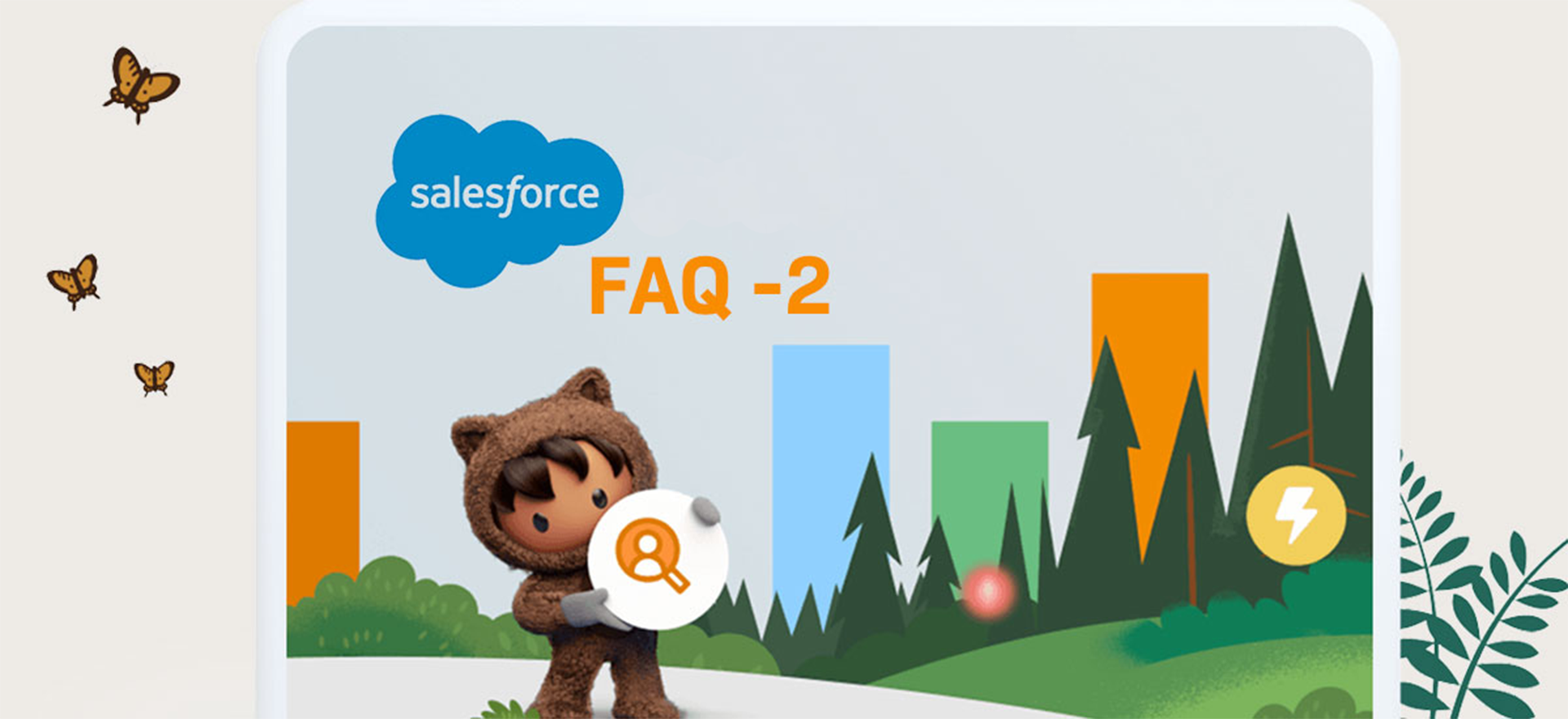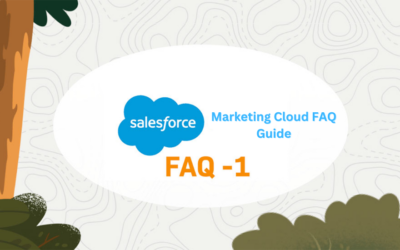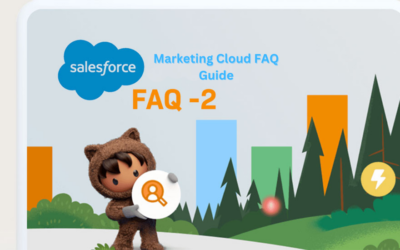Hiring the right Salesforce Admin can be a game-changer for your business. These skilled professionals are the backbone of your Salesforce implementation, ensuring that your CRM system runs smoothly and aligns perfectly with your business goals. However, finding the perfect Salesforce Admin can be a daunting task. To help you make an informed decision, we’ve compiled a comprehensive list of the top 10 interview questions and answers tailored to evaluate your next Salesforce Admin.
Salesforce Admins are responsible for configuring and maintaining your Salesforce instance, making them pivotal players in your organization’s success. Whether you’re a seasoned Salesforce user or just starting to explore its capabilities, these questions will guide you in assessing the skills, knowledge, and experience of potential candidates. From technical proficiency to problem-solving abilities and interpersonal skills, we’ve covered it all to ensure that you make a choice that aligns with your business objectives. So, let’s dive into the world of Salesforce Admin interviews and equip you with the insights you need to find the perfect match for your organization. If you need assistance with Salesforce CRM setup and optimization, companies like CRM Force can provide valuable expertise and support.
1- What is Salesforce and why is it important for businesses?
Answer: Salesforce is a leading Customer Relationship Management (CRM) platform that helps businesses manage their customer data, streamline processes, and drive growth. It’s crucial for businesses because it allows them to centralize customer information, automate tasks, analyze data, and deliver exceptional customer experiences.
2- What is a Salesforce Sandbox, and how is it used in the development process?
Answer: A Salesforce Sandbox is a replica of your Salesforce environment used for development, testing, and training purposes. It allows developers to make changes and test new features without affecting the production environment, ensuring a smooth transition when deploying updates.
3- What is a Salesforce Trigger Handler, and why is it considered a best practice in Apex development?
Answer: A Salesforce Trigger Handler is a design pattern used in Apex development to manage and modularize trigger logic. It separates trigger code into smaller, reusable classes, making it easier to maintain and scale as your org grows.
4- What is Apex in Salesforce, and how is it used for custom development?
Answer: Apex is a programming language used in Salesforce for building custom business logic, triggers, and automation. It allows developers to create code that runs on the Salesforce platform, extending its capabilities to meet specific business requirements.
5- What is the difference between a Standard Object and a Custom Object in Salesforce?
Answer: A Standard Object is a pre-built object in Salesforce, such as Account or Contact, designed to store common types of data. A Custom Object is a user-defined object that allows you to store data unique to your organization’s processes.
6- How can you achieve data security in Salesforce, and what are the different levels of access control?
Answer: Data security in Salesforce is achieved through a combination of features such as Profiles, Roles, Permission Sets, and Sharing Rules. These tools allow administrators to control who can access, view, edit, and delete records at various levels of granularity.
7- What is the purpose of a Salesforce Flow, and how can it be used to automate complex business processes?
Answer: Salesforce Flow is a powerful automation tool that allows users to build applications, automate processes, and guide users through complex tasks. It can be used to automate business processes, gather data, update records, and perform various actions without writing code.
8- What is the Salesforce Object Query Language (SOQL), and how does it differ from SQL?
Answer: SOQL is a query language used in Salesforce to retrieve data from Salesforce objects. It is similar to SQL but tailored to Salesforce’s data model and relationships. Unlike SQL, SOQL is designed to work with structured data in Salesforce and doesn’t support complex database operations.
9- What is a Salesforce Report, and how can it help users make data-driven decisions?
Answer: Salesforce Report is a customizable and interactive presentation of data in Salesforce. It allows users to gather insights, analyze trends, and make informed decisions by visualizing data in various formats, such as tables, charts, and matrices.
10- What is Salesforce Communities, and how can it benefit organizations in engaging with their customers, partners, and employees?
Answer: Implementing Salesforce updates, patches, and releases should follow best practices to minimize disruption. These practices include thorough testing in a Sandbox environment, communicating changes to users, and having a rollback plan in case issues arise.
11- What is a Salesforce Permission Set, and how does it differ from Profiles?
Answer: A Salesforce Permission Set is a collection of settings and permissions that can be assigned to users in addition to their profiles. While Profiles define baseline permissions, Permission Sets provide additional permissions to grant access to specific features or data.
12- What is the difference between a Public Group and a Queue in Salesforce, and when should you use each?
Answer: Public Groups are used to group users together for sharing and collaboration purposes, while Queues are used to manage records and assign ownership to a group of users. Use Public Groups when you need to share records or collaborate, and use Queues when you need to manage work items or cases collectively.
13- What is a Salesforce Integration and why is it important for connecting Salesforce with external systems and data sources?
Answer: A Salesforce Integration involves connecting Salesforce with external systems, such as databases, ERP systems, or third-party applications, to exchange data and streamline processes. It’s important for enabling a seamless flow of information between Salesforce and other critical business systems.
14- What is a Salesforce Composite API, and how does it enable the execution of multiple API requests in a single call?
Answer: Salesforce Composite API is a feature that allows you to send multiple REST API requests in a single call, reducing the number of API calls made to the server. It enhances performance and reduces API consumption, making it an efficient way to interact with Salesforce data and functionality.
15- What is a Salesforce Data Model, and how does it define the structure of data within Salesforce?
Answer: A Salesforce Data Model defines how data is organized and related within Salesforce. It includes objects, fields, and relationships that determine how data is stored and accessed. Understanding the data model is crucial for designing effective customizations and applications in Salesforce.
16- What are Salesforce Platform Events, and how can they be used to facilitate real-time communication and integration with external systems?
Answer: Salesforce Platform Events are a publish-subscribe messaging channel that allows Salesforce and external systems to communicate in real time. They can be used to trigger actions, update records, and integrate with external systems asynchronously, enabling event-driven architecture.
17- What is the Salesforce Metadata API, and how does it enable the retrieval and deployment of metadata components programmatically?
Answer: The Salesforce Metadata API is an API that allows developers to retrieve, create, update, and deploy metadata components, such as custom objects, fields, and workflows, programmatically. It’s commonly used for automated deployments and metadata management.
18- What is the purpose of a Salesforce Connected App, and how is it used in integrating external applications with Salesforce?
Answer: The Salesforce Connected App is used to integrate external applications with Salesforce securely. It provides authentication, authorization, and API access settings, enabling seamless communication between Salesforce and external systems.
19- What is a Salesforce Data Extension, and how does it play a role in Marketing Cloud for managing subscriber data?
Answer: A Salesforce Data Extension is a data table used in Salesforce Marketing Cloud for storing and managing subscriber data. It’s essential for creating targeted marketing campaigns, personalizing content, and tracking engagement metrics.
20- What is a Salesforce Batch Class, and how does it enable the processing of large data sets in Salesforce?
Answer: A Salesforce Batch Class is used in Apex development to process large data sets asynchronously. It helps avoid hitting governor limits and allows for the efficient manipulation of data through batch-processing jobs.
Conclusion
In conclusion, finding the perfect Salesforce Administrator is no small feat, but with the right interview questions and evaluation techniques, you can significantly increase your chances of making a successful hire. The role of a Salesforce Admin is pivotal in managing and optimizing your organization’s Salesforce instance, ensuring data accuracy, and enabling your team to work efficiently. By focusing on the skills, knowledge, and traits discussed in this article, you can confidently evaluate candidates and select the best-fit Salesforce Admin who will drive your company’s success.
So, as you embark on your journey to find the ideal Salesforce Admin, remember the importance of adaptability, problem-solving abilities, and a deep understanding of the Salesforce platform. With these qualities in mind, you’ll be well-equipped to make an informed decision and bring aboard the Salesforce Admin who will help your organization soar to new heights. To learn more about how CRM Force can assist you in recruiting top CRM talent and optimizing your CRM strategies for successful drip campaigns, contact us today. Together, let’s maximize your customer engagement, Contact us today.





